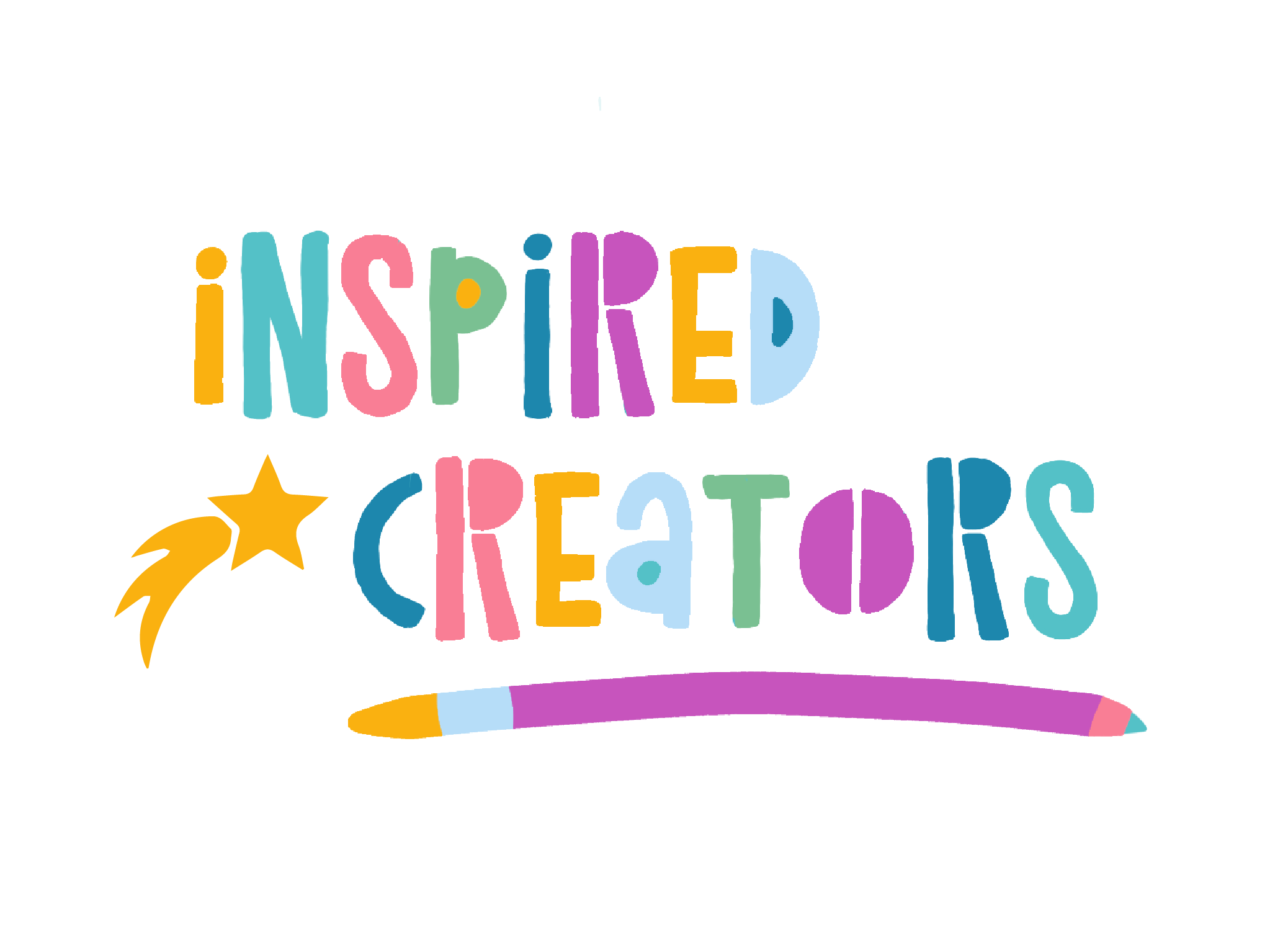This beautiful picturebook explains feelings in a way that small children can understand. The book is narrated by a small girl. When we meet her at the start of the book she says ‘This is my friend the colour monster. Today he’s all mixed up and very confused. He doesn’t know why.’
We see the colour monster staring at us with big eyes, his body is covered in a mess of different coloured scribbles.
“You’re all over the place” she says. “That’s because your feelings are all stirred together, so your colours are too.”
So she offers to help the colour monster sort his feelings into jars so that he can look at them more closely.
First is happiness, which is yellow.
She says ‘This is happiness. It shines yellow like the sun and twinkles like the stars.
You feel bright and light. You laugh, you jump, you dance! You want to share that feeling with everyone.’

Then sadness which is blue. Anger which is red. Fear which is black.

Anger which is red. Fear which is black.
For each colour, she gives a short description of how it feels and what it makes you want to do. For fear she says
‘This is fear. It is black like the night and hides in shadows like a scaredy cat.
Being afraid can make you feel very small and alone. If you’re scared, tell me why and we’ll walk through the forest together.’
The final colour is green which is calm.
We then see all the colours in jars on a shelf, all sorted out.
Then the little girl looks at him and says ‘But what’s this? You look different, Colour Monster! Er…how do you feel now?’
The last page has no words, we just see the Colour Monster staring back at the little girl, all pink and surrounded by hearts.

This is such a simple and effective way to get children talking about emotions.
Often our emotions can be overwhelming, and confusing because they are all mixed together like that. When children are able to name their feelings and separate them out like that, they begin to make more sense and they feel more in control. They can understand themselves, and be understood by their parents, and of course feeling understood makes you feel loved.
There is no judgment in the book. No feeling is better than another. They are all different, and all acceptable. This is an enormously important message for children. When they are feeling the more difficult feelings the little girl offers comfort ‘Sadness can make you cry. It can make you feel alone. But if you’re sad, I’ll hold your hand.’
By putting words to sensations, parents can help their kids to name their feelings. Which allows them to communicate them to others and be understood.
When children are young, they need adults to be able to name the feelings they are feeling for them, so that they can gradually begin to do it for themselves. Statements like ‘I see you are feeling frustrated right now.’ or ‘I can tell that you are angry.’ mirror the child’s emotions and are tremendously helpful in helping them build the vocabulary to be able to express themselves.
Growing up without having their feelings recognised can lead to children feeling alone and disconnected from themselves, without the words to name what is going on inside them.
When feelings are consistently ignored, it can lead to Childhood Emotional Neglect, a subject which Jonice Webb writes about brilliantly in her book Running on Empty No More.
As a parent, if you have trouble connecting to your own emotions or knowing what you are feeling, it could be worth having a read of this book. Although the title sounds dramatic, it’s more about what didn’t happen to you as a kid, rather than what did happen.
If you grew up not having your feelings acknowledged by your parents, you can end up feeling empty, like there’s always something missing, but you’re not sure what it is. This book finally puts words to it, and gives you advice on how you can avoid passing it down to your children.
By reading books like The Colour Monster together, you can begin to open up a dialogue about emotions with your kids, so they are able to put into words what they are feeling, with your help of course! When you make a statement like ‘I can see you’re feeling frustrated right now’ your child knows that you SEE them, and that you care. That acknowledgement in and of itself may begin to calm them down. Try it out next time you notice your child is agitated and see what you find. I’d love to hear your comments below.
You can see me reading the book here.
